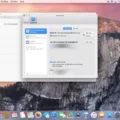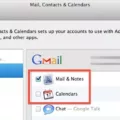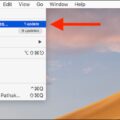ICloud is a cloud storage service povided by Apple that allows users to store data such as photos, music, documents, and contacts in the cloud. iCloud also provides users with the ability to securely access this data from any device connected to the internet.
Using iCloud makes it easier to keep your digital life organized and synced across all of your devices. It also allows you to easily share media with family and friends without having to move files around. iCloud also provides extra storage for your Mac so you don’t have to worry abut running out of space.
When using iCloud on your Mac, it is important that you sign out before leaving your computer. This will ensure that no one else can access your data if they get hold of your device. In order to sign out of iCloud on a Mac, follow these steps:
1. Go to System Preferences in the top menu bar
2. Click on the Apple ID icon
3. Select Sign Out
4. Enter your password when prompted
5. Click Sign Out again and confirm that you want to sign out
6. Restart your computer for the changs to take effect
By signing out of iCloud on a Mac, you can ensure that only thse who have access to the device can view or modify data stored in the cloud. It is an easy way to keep your information secure and help prevent unauthorized access from anyone who may come into contact with your Mac device.
Troubleshooting Signing Out of iCloud on Mac
If you are unable to sign out of iCloud on your Mac, it could be due to a few differnt reasons. Firstly, if your Mac is currently using iCloud backup services, you won’t be able to sign out while it’s busy updating anything. To resolve this, you’ll need to either switch off the iCloud backup services or wait for the backup to finish before attempting to log out. Secondly, if you have Screen Time switched on, this can also prevent you from logging out of iCloud. To fix this issue, simply turn off Screen Time and then try signing out again. If these two steps fail to resolve the issue, then please contact Apple Support for further assistance.

Source: blogs.windows.com
Removing Apple ID from iCloud on Mac
If you would like to remove your Apple ID from iCloud on your Mac, you can do so by following these steps:
1. Open the Apple Menu and select System Preferences.
2. Click on the Apple ID icon in the navigation bar at the top of the window.
3. On the left side of the window, click Overview to view an overview of your account.
4. Click Sign Out to sign out of your Apple ID and iCloud account.
5. If you woud like to completely remove your Mac from iCloud, click on iCloud in the sidebar and deselect Find My Mac.
6. Your Mac will now be removed from iCloud and all associated features will be disabled on your device.
Signing Out of Apple ID on Mac
To sign out of your Apple ID on your Mac, you will need to open the System Preferences menu. On the System Preferences menu, click Apple ID, then select Overview in the sidebar. From here, you will be able to select Sign Out. You may also be prompted to copy and download any data stored in iCloud before completing the sign out process. Once you have completed these steps, you shoud have successfully signed out of your Apple ID on your Mac.
Signing Out of iCloud
To sign out of all your iCloud accounts, first go to the iCloud website at https://www.icloud.com/#settings. Once you are on that page, click the “Sign Out of All Browsers” button near the top. This will log out of all the browsers that are currently signed into your iCloud account. After that is completed, it is highly recommended to change your password again to ensure your account’s security.
Turning Off iCloud on a Mac Without Deleting Data
To turn off iCloud on your Mac without deleting everything, go to Apple Menu > System Preferences > iCloud. From here, you can choose to Sign Out of your account and remove the data from your Mac. If you don’t want to sign out of your account but still want to turn off iCloud, you can uncheck the boxes next to each of the services that are curretly syncing with iCloud. You can also click the “Options” button next to iCloud Drive and uncheck the “Desktop & Documents Folders” checkbox. This will prevent any files from being stored in iCloud Drive. After making any changes, make sure to click the “Apply” button at the bottom of the window to save them.
Changing the iCloud Account on a Macbook
To change the iCloud account on your Macbook, start by going to the Apple Menu in the top left corner and selecting ‘System Preferences’. Then, click on the ‘iCloud’ option. Enter your new Apple ID and password in the appropriate fields, then click ‘Sign In’ to complete the process. You can also use this same process to sign out of an existing iCloud account if needed. Once you have signed in successfully, you can access all of your iCloud data from your Macbook with ease.
Signing Out of iCloud Before Resetting Mac
Yes, you need to sign out of iCloud before resetting your Mac. Doing so will ensure that all the data associated with your iCloud account is removed from the device and it will be released from activation lock. To sign out of iCloud, you need to go to System Preferences > Apple ID and sign out of your iCloud account. After signing out, you can safely reset your Mac by goig to System Preferences > Reset and clicking on the ‘Erase All Content and Settings’ option. Once this is done, the device will be successfully released from activation lock.
The Effects of Signing Out of an Apple ID
No, signing out of your Apple ID will not delete everything. Your data, including contacts, iCloud emails, and iCloud Drive documents, will remain stored on Apple’s servers. When you sign back in with the same Apple ID, you can access all the same data and services as before. However, signing out of your Apple ID will revoke your access to iCloud services such as iCloud Drive, iCloud Photos, and iCloud Music unil you sign back in.
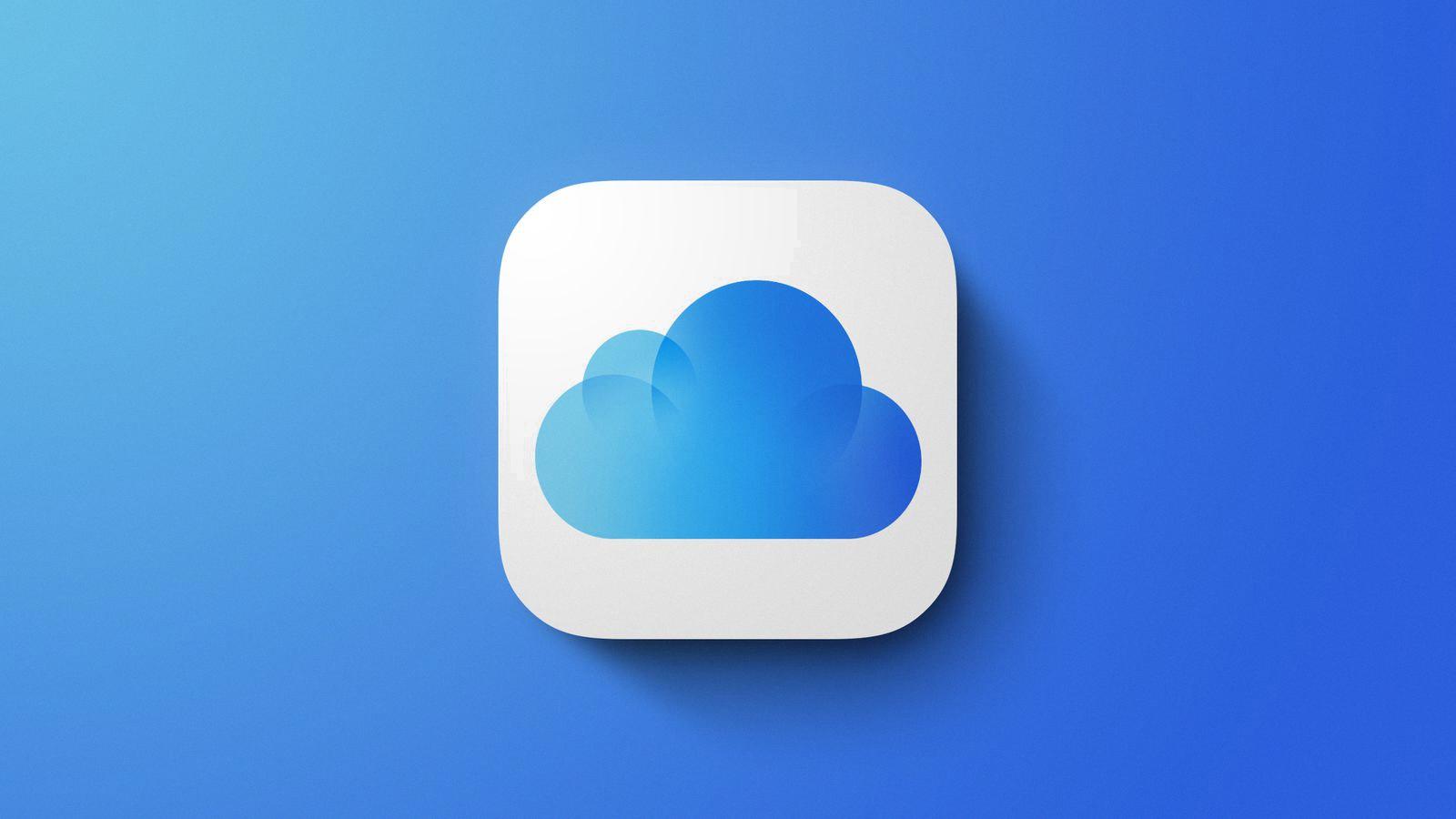
Source: macrumors.com
Does Deleting From iCloud Affect Files on Mac?
Yes, deleting a photo or video from iCloud Photos will delete it from all other devices whee you are signed in to iCloud Photos, including your Mac. When the photo or video is deleted, it will no longer count towards your iCloud storage.
Will Turning Off iCloud Result in Loss of Photos?
If you turn off iCloud, any photos or videos that you have taken on your iPhone and haven’t downloaded to othr devices will no longer be available. This includes photos or videos that have been shared from other devices with iCloud enabled. Additionally, any new photos or videos taken on the iPhone will not be backed up on iCloud, meaning they may be lost if something happens to your device. It is important to remember that turning off iCloud does not delete any photos or videos that are already backed up in iCloud, so you can always turn it back on and recover them.
Accessing iCloud Settings on Mac
The iCloud settings can be found in the System Preferences app on your Mac. To access them, click the Apple menu at the top of your screen and select “System Preferences”, then click the “iCloud” icon. You can also find the System Preferences app on your dock and in your Applications folder. Once you have opened the System Preferences app, you will see the iCloud settings. Here, you can configure various iCloud features such as setting up an iCloud account, managing storage space, backing up data to iCloud Drive, and more.
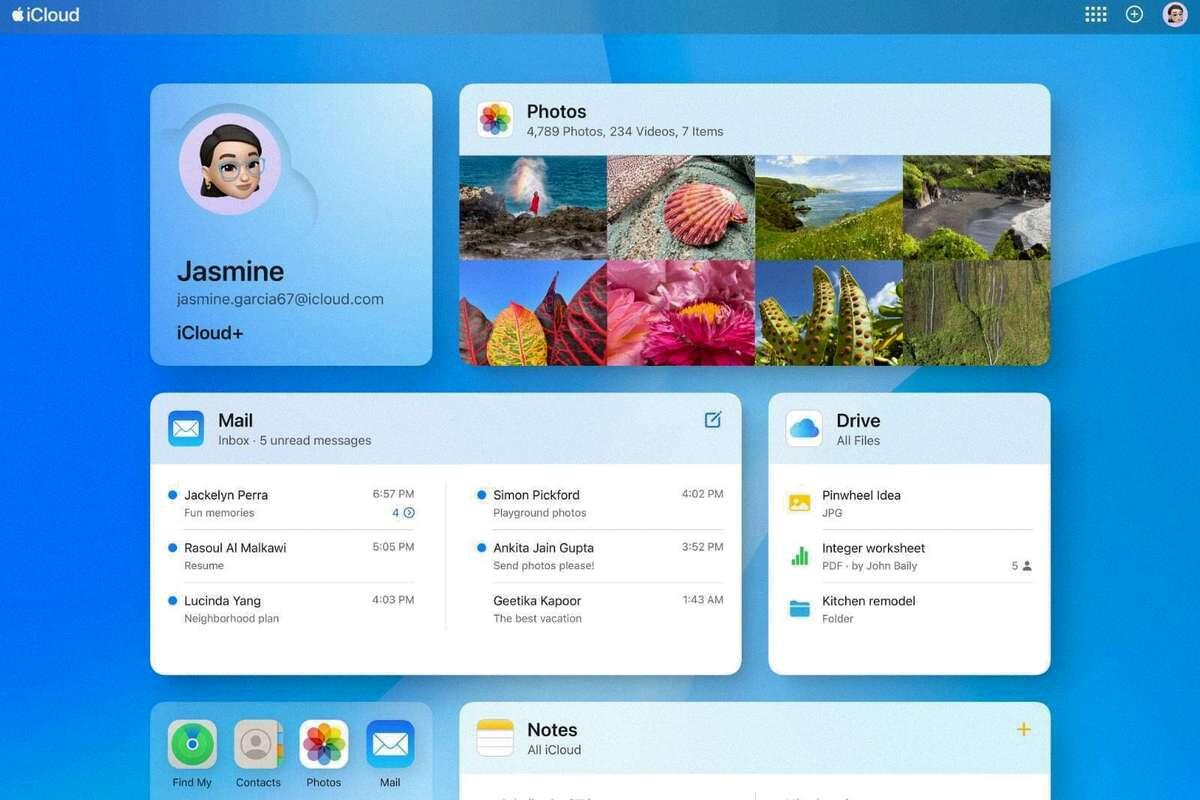
Source: computerworld.com
Signing Out of Apple ID: Why is it Not Possible?
If you’re having trouble signing out of your Apple ID, it’s likely because the Screen Time feature is enabled on your device. To sign out of your Apple ID, you’ll need to disable Screen Time. To do this, go to Settings > Screen Time and toggle the switch off at the top of the page. Once this is done, you should now be able to Sign Out of your Apple ID as normal.
Signing Out of Apple ID Without Password
Yes, it is possible to sign out of your Apple ID without a password. The process is slightly different depending on the type of device you are using. For iOS devices like iPhone and iPad, you can disable the Find My iPhone feature by going to Settings, iCloud and toggle the switch next to Find My iPhone to turn it off. Then open iTunes on your computer and connect your device via USB cable. Select your device in iTunes and click ‘Remove from Account’ in the Summary tab. This will sign you out of your Apple ID without needing a password. It is recommended that you backup your phone bfore proceeding to ensure all data is safe.
Logging Out and Logging Back In to Apple ID
Yes, you can log out of your Apple ID and log back in. This can be done in the Settings app on your iOS device. When you do this, you will be asked if you want to turn off syncing and save some data to your device. If you choose to turn off syncing, only some of the data will be saved to your device. Once you have chosen this option, you can then sign out of your Apple ID and log back in with all the apps right there.
The Impact of Removing iCloud Data
Removing iCloud data means deleting your iCloud backups. This will permanently delete any photos, messages, and other app data you have stored in iCloud. However, any music files, movies, and apps that you have downloaded to your iPhone will stil be available. You can also redownload them at any time.
Conclusion
ICloud is an incredibly useful tool that helps users store, manage, and access their data from anywhere. It’s a cloud storage service that allows users to store their photos, videos, documents, music, apps, and more in the cloud. iCloud also provies backup services for all of your devices, so you’ll never have to worry about losing your photos or other important files again. iCloud also offers a variety of features like iCloud Drive for storing and accessing files from any device, the ability to share files between devices easily, and the syncing of contacts and calendars across various platforms. iCloud makes it easy to stay connected wherever you go and keep your data safe and secure.





